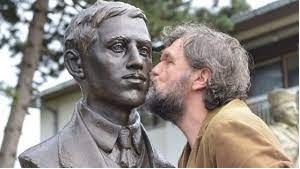Bi-Weekly Geopolitical Report – The Bosnian Divide (April 11, 2022)
by Thomas Wash | PDF
It took just two shots from Gavrilo Princip to change the world. That day in Sarajevo marked the end of the Habsburg dynasty, ignited the first of two intercontinental wars, and laid the groundwork for the present-day global order. Gavrilo, a Bosnian Serb, thought he would pave the way for a common South Slav state by killing Archduke Franz Ferdinand, the heir to the Habsburg throne. Almost 110 years later, the dream of a common South Slav state has yet to be fulfilled, although the sentiment is still shared among many Bosnian Serbs today.

On October 2, Bosnia-Herzegovina will hold its ninth general election since the signing of the Dayton Accords in 1995. The election has garnered international attention as there are growing concerns that the outcome could lead to another civil war. Bosnian Serbs are pushing for secession, while Bosnian Croats have called for their own entity. Both groups have threatened to boycott the upcoming election unless electoral reforms are made and there doesn’t seem to be an obvious solution.
Meanwhile, there are also growing fears that Bosnia could become Russia’s next target after Ukraine. Tensions between the two countries have risen since Bosnia-Herzegovina expressed interest in joining NATO. Last year, Russian foreign minister Sergei Lavrov warned that his country would react if Bosnia-Herzegovina joins the military alliance. Lavrov’s threat, although somewhat vague, has led many to speculate that Moscow could be plotting an intervention in Bosnia-Herzegovina. We suspect that Russia will use this election as an opportunity to assert itself within the region.
In this report, we will examine the history of Bosnia-Herzegovina, why Russia has a vested interest in the country, and how the election could play out. As usual, we will conclude with market ramifications.


